IC Substrate
IC substrate PCBs integrate semiconductor chips into electronic systems, enhancing performance and reliability while facilitating miniaturization in electronics.
Within the perspective of modern electronics, an IC substrate PCB or Integrated Circuit Substrate Printed Circuit Board is one of the most important factors in integrating semiconductor chips into the large electronic systems they power. With increasing demands for lighter, quicker, and more effective electronic devices, the details in understanding IC substrate PCBs become quite important for designers and engineers. These substrates are not passive carriers; they actively contribute to the performance, reliability, and miniaturization of modern electronic circuits.
An IC substrate PCB is a special type of printed circuit board that acts as an intermediary layer between semiconductor ICs and the broader system circuitry. In other words, the IC substrate is essentially an electrical interface and mechanical support structure for semiconductor chips, which enables these chips to be connected to the trace network of the PCB. It forms part of an IC package, for example, chip-scale packages and ball grid arrays, which are highly pin densified and require advanced methods of packaging.
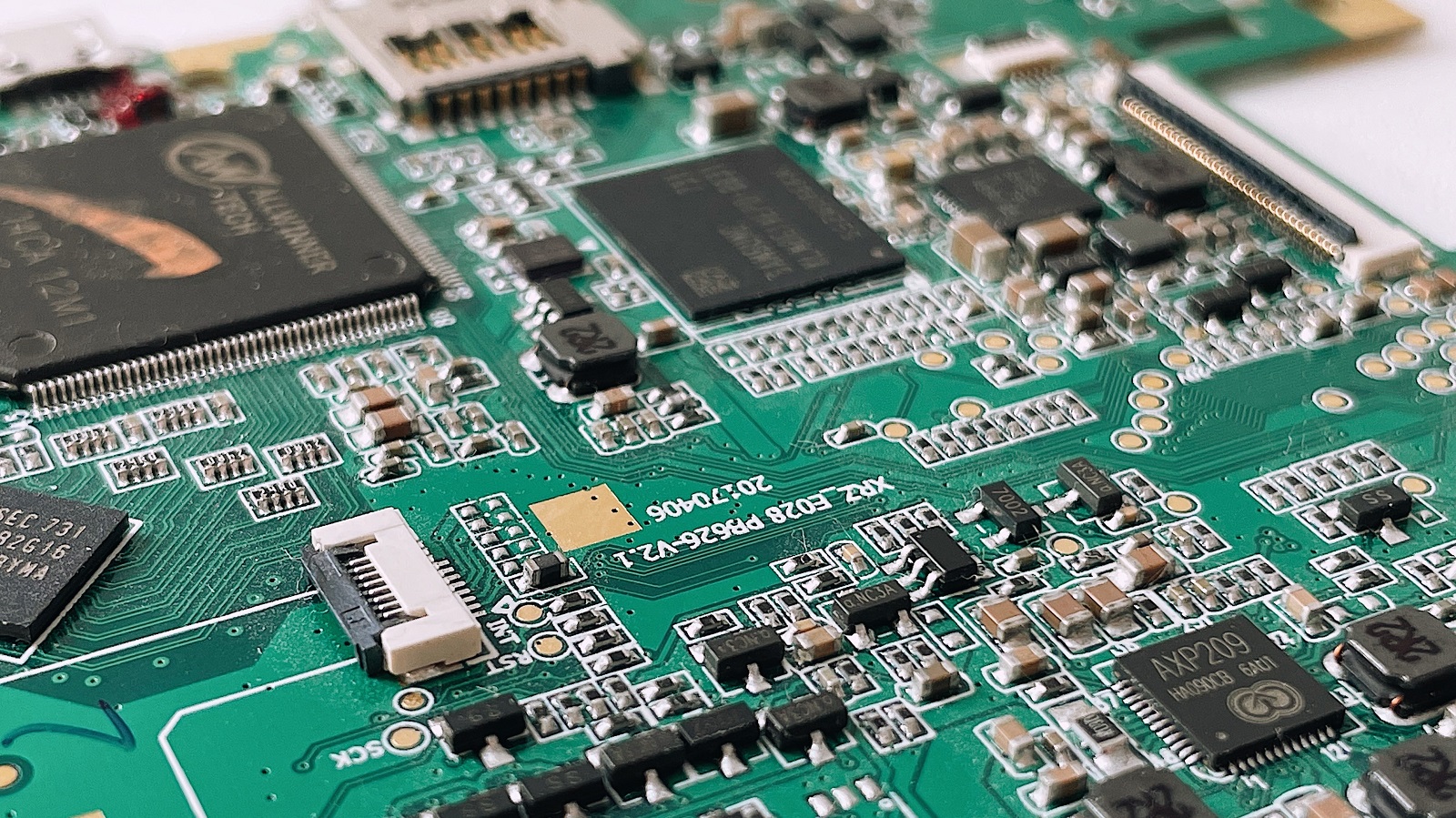
Key Roles and Characteristics of IC Substrates
IC substrates have various key roles:
Electrical Interconnection: Substrates form paths for electrical signals, ensuring proper communication between the IC and other circuits.
Structural Supports: It supports the semiconductor chip as well, wherein a strong integration would not affect a chip on any physical factors like physical tension, environments, and so on.
Thermal Transfers: Each semiconductor acts above its Curie temperature and heats up; further, a proper heat sinking of generated heat is indispensable for performance and reliability; substrate as heatsinking materials works like a channel for dissipation.
Signal Integrity: In high-frequency applications, IC substrates are designed to minimize the loss of a signal and ensure signal integrity in high-speed data transmission.
Material Composition and Types of IC Substrates
The materials used in the making of IC substrates are selected to be able to handle the performance demands imposed by modern electronics:
BT Epoxy and BT Resin: These two types have excellent electrical characteristics and good thermal resistance; hence, they find their application in very high-performance circuits.
Polyimide: The material in question provides flexibility at high temperatures and hence finds its application in dynamic or flex applications.
Ceramic: This would comprise substrates made from materials like aluminum nitride, among others, providing great thermal conductivity and insulation of electrical signals, hence suitable for radio-frequency applications.
Classification of the IC substrate PCBs depending on packaging type and used material:
BGA Substrates: Preferred in the application with a high pin count; BGA substrates serve excellent in electrical performance and heat dissipation.
Chip-Scale Package Substrates: Which have been miniaturized for devices requiring less than about one hundred pins for example in memories or telecommunications products.
Flip Chip Substrates: Designed for high-performance computers in keeping interference of the signal minimum. These will further develop in thermal dissipation also.
Manufacturing Process of IC Substrate PCBs
Manufacturing of IC substrate PCBs involves complex processes that are tuned for their respective roles.
Copper Patterning and Plating: Some of these include copper patterning and plating, where the deposition of copper is precisely controlled to produce electrical pathways in the device. The fine-line fabrication makes the realizations of intricate designs accurately on the substrate.
Solder Mask Application: To enhance durability and prevent the short circuit, solder mask is applied to increase the reliability of the substrate.
Surface Treatment: ENIG, among others, is applied to make it conductive and also provide protection, thereby making the substrate electrically conductive.
Reliability Testing and Quality Inspection: The IC substrate will undergo quality testing to ensure that it meets the standards. That is very important to maintain high reliability and performance as expected from high-tech electronics.
Manufacturing Challenges of IC Substrate
There are some challenges while manufacturing IC substrate PCBs:
Miniaturization: As devices shrink in size, the IC substrate needs to support increased complexity in the same space.
Thermal Management: Higher power density necessitates increased thermal dissipation.
Material Precision: The nature of materials and the precision required in manufacturing a product call for more sophisticated techniques and quality control.
These challenges are addressed by using advanced technologies like automated optical inspection systems, ultraviolet laser drilling, and additive printing processes that enhance accuracy and efficiency.
Applications of IC Substrate PCBs
IC substrates are highly valued in various applications, each with its own demands, such as:
Consumer Electronics: IC substrates contribute to compact design in smartphones, laptops, and wearables without compromising functionality or performance.
Automotive Electronics: They are highly useful in ADAS and infotainment units, thus ensuring high reliability for variable conditions.
Medical Devices: In critical medical equipment, IC substrates provide a much-needed level of precision and reliability for patient care.
Telecommunications: They support high-frequency operations necessary to keep modern communication networks running, including 5G technology.
Industrial Automation: In this regard, IC substrates contribute to increasing the reliability and functionality of sensors and control systems that form the backbone of automation.
Innovations and Future Directions
The future of the IC substrate PCB is one in which innovations are being made at an ongoing pace for better performance and adaptability. Future trends are based on further miniaturization, improved thermal management, and materials that better allow high-speed data transmission and power efficiency. Further, segments like IoT, 5G, and advanced AI systems will be further improved; thus, it will require changes to IC substrates to meet their demands with increased complexity and better performance.
Some of the developments in substrate technologies likely to be seen include the following:
Advanced Materials: The use of new materials offering better electrical and thermal performance.
Integration Techniques: Higher integration in packaging, integrating multiple functions into one small unit.
Improved Fabrication Processes: Greater reliance on automated and precision-based manufacturing techniques to increase yield and reduce cost.
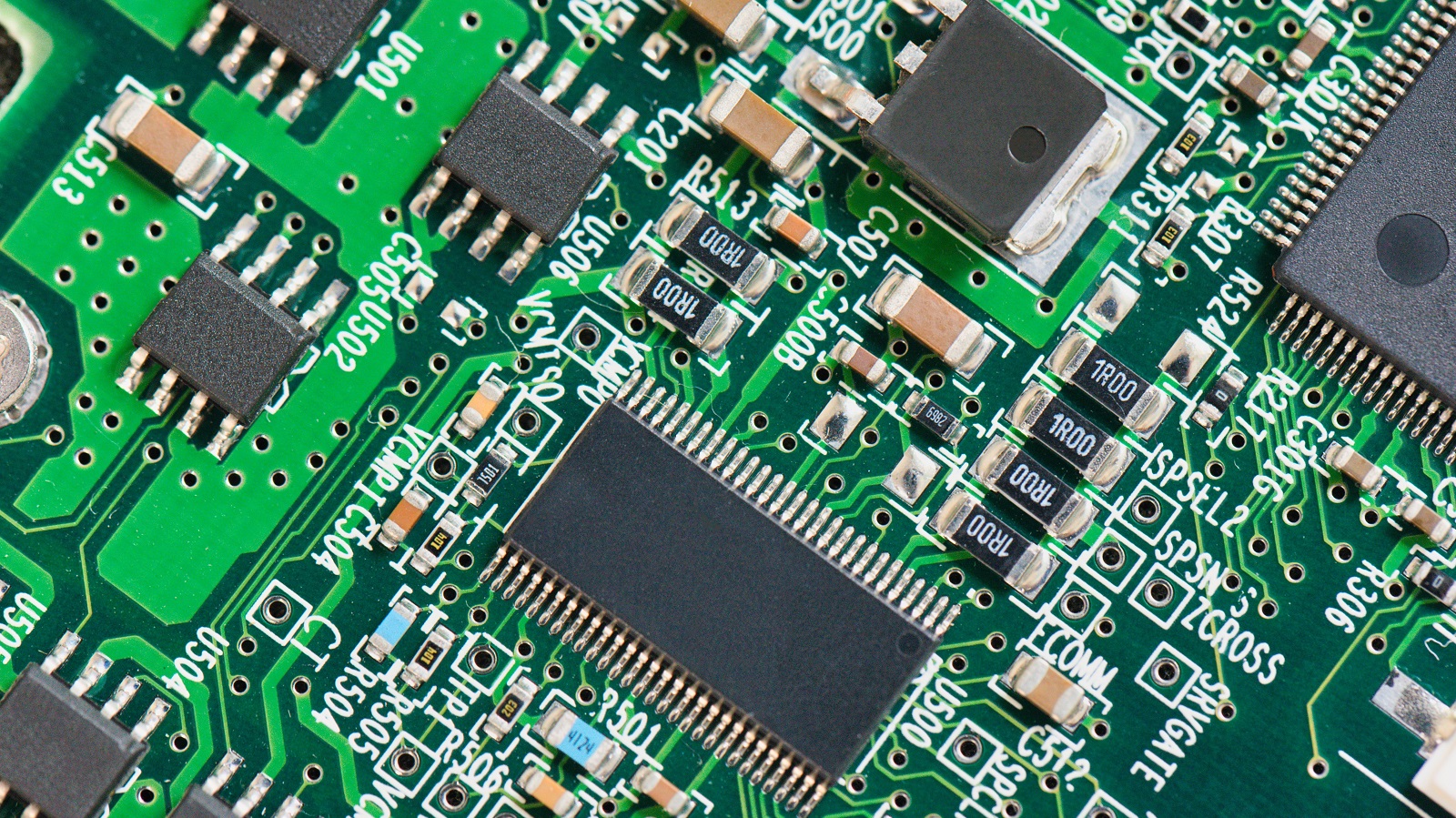
These substrates, the facilitators of connectivity and performance in electronic systems, are at the heart of the necessary evolution from conventional circuitry to the intricate complexity of today's integrated circuits. Further technological advancement will make the IC substrate not just a bridge between semiconductor chips and their applications but an agent of innovation across the entire electronics industry, enabling smarter, faster, and more reliable electronic products. It is important that a person involved in the design and engineering of next-generation devices understands his or her role and potential in shaping the future of electronics.
Hot Tags:
Contact us

If you can't find what you're looking for, please contact us.
Article
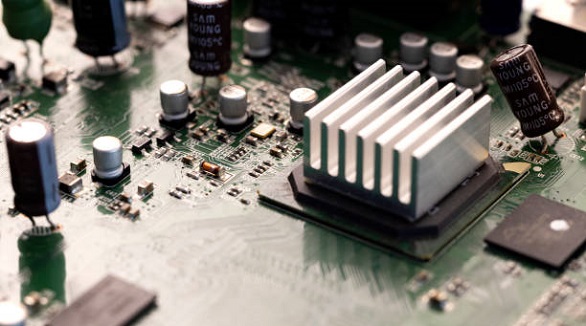
Capacitive circuits store and release energy, stabilize voltage, filter signals, and manage power flow, making them vital for modern electronic systems.
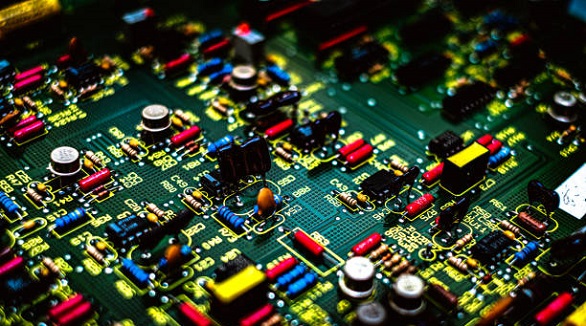
IC boards, integral to electronics, integrate circuits on PCBs, offering cost-effectiveness, miniaturization, and versatility across various technologies.
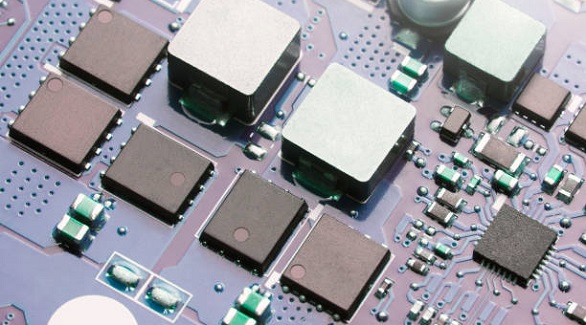
eFuses are advanced PCB fuses that reset automatically, offering fast, precise protection and versatility in electronics, enhancing device safety and reliability.